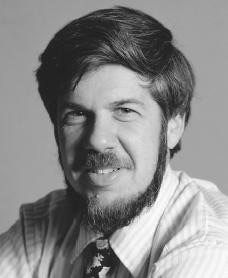In an online article at Evolution News titled, Is the Panda’s Thumb Suboptimal? (April 4, 2024), Professor Stephen Dilley criticizes Stephen Jay Gould for claiming that the panda’s thumb is suboptimal and, therefore constitutes evidence in favor of naturalistic evolution. In response, Professor Dilley cites “two major studies” that highlighted the functionality and efficiency of the panda’s thumb before concluding that the panda’s “thumb” provides evidence of being engineered:
Gould’s claim is mistaken. The panda’s thumb is not suboptimal. The best studies we have conclude that the thumb is anything but “clumsy” or “highly inefficient.” Instead, they describe it as having “great precision,” “great economy of motion,” and “great dexterity.” It may even rank as “one of the most extraordinary manipulation systems” among mammals. That is quite an accolade.
Indeed, one might rather regard the thumb as positive evidence for intelligent design. A system of such precision, efficiency, economy, and dexterity is a spectacle of a high order. That sounds very much like the kind of sophistication that only engineers produce.
What modern authors think of Gould’s claim
It is a great pity that of the two studies Dilley quotes, one (by Schaller et al.) is nearly forty years old while the other (by a Japanese team) is twenty-five years old. A more measured assessment of the panda’s “thumb” can be found in a recent article by Wang, X., Su, D.F., Jablonski, N.G. et al., titled, Earliest giant panda false thumb suggests conflicting demands for locomotion and feeding (Scientific Reports 12, 10538 (2022), https://doi.org/10.1038/s41598-022-13402-y).


